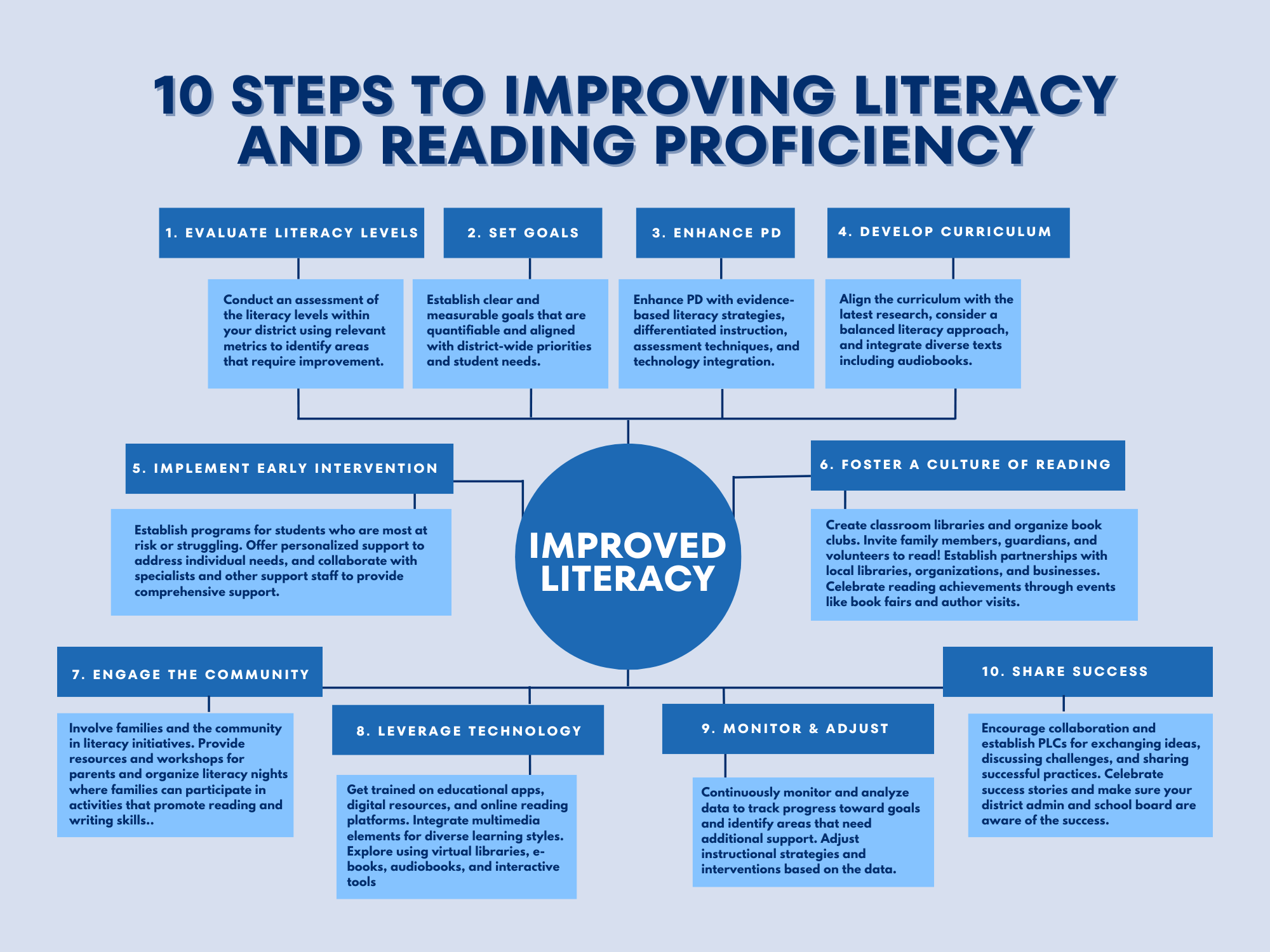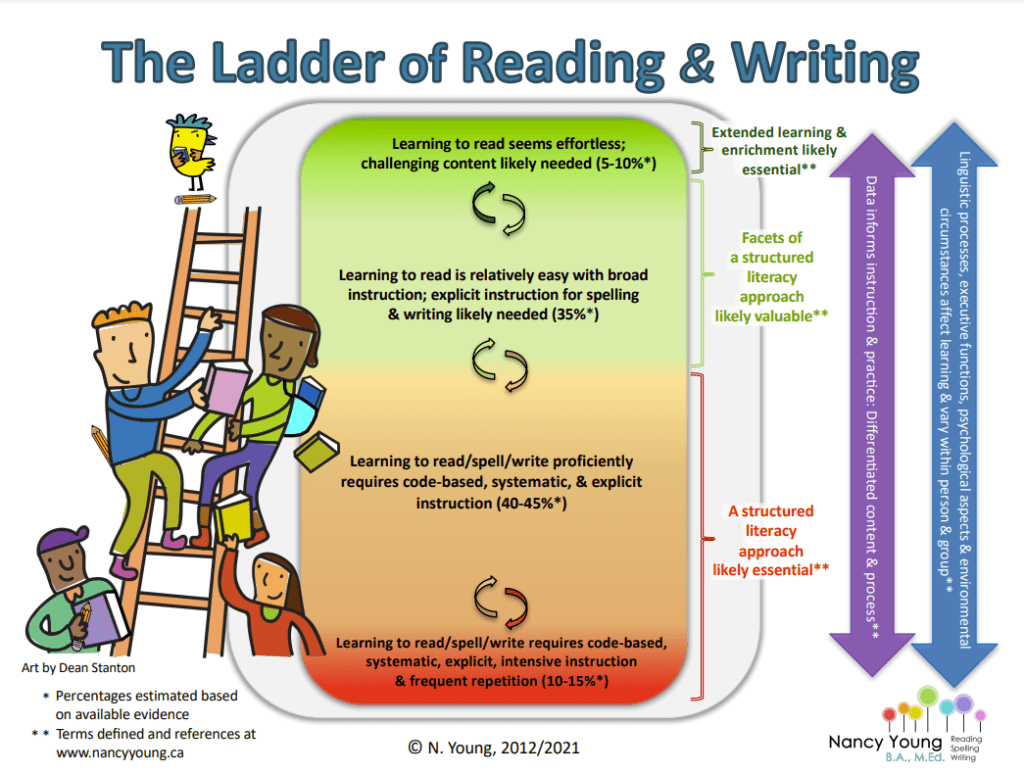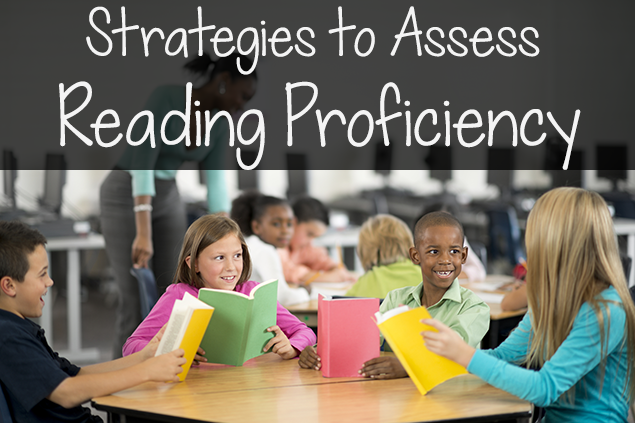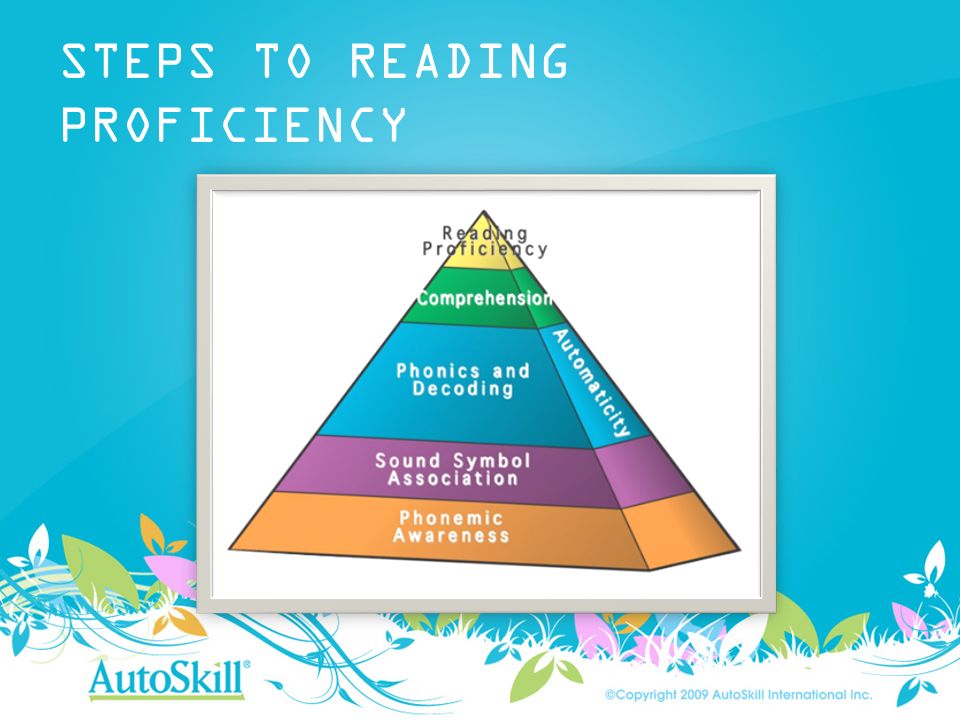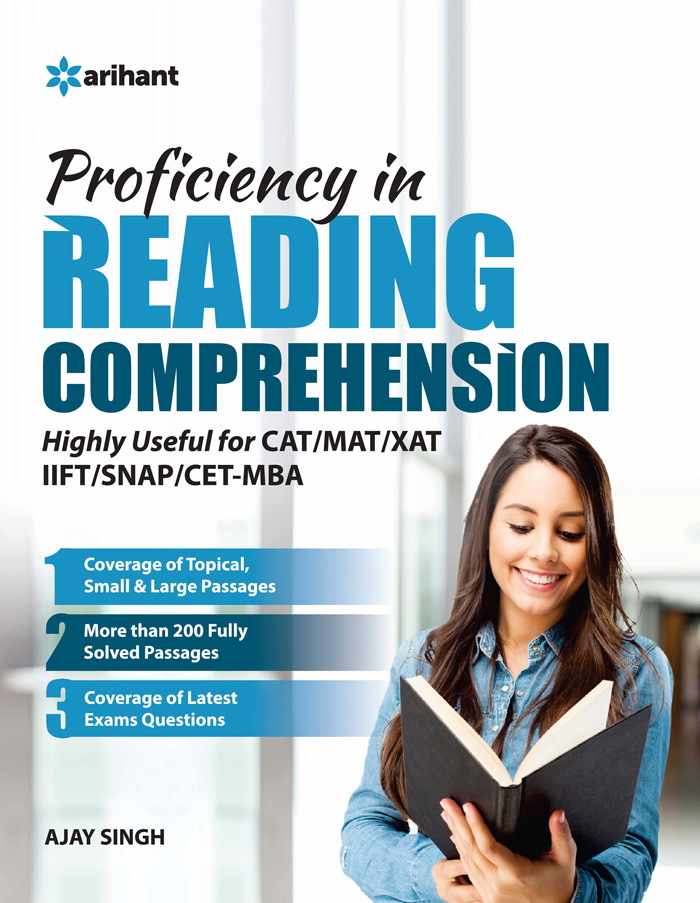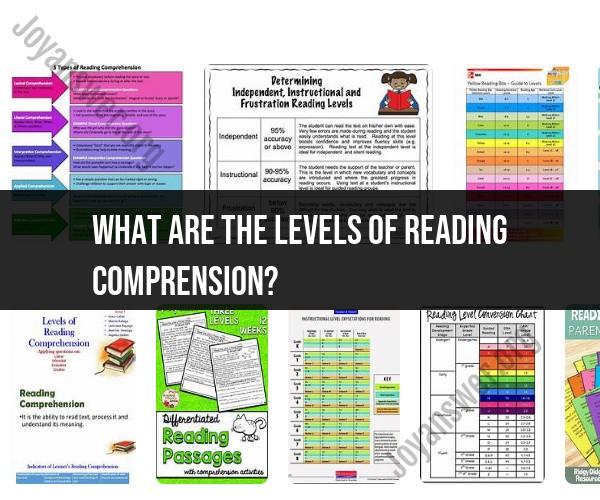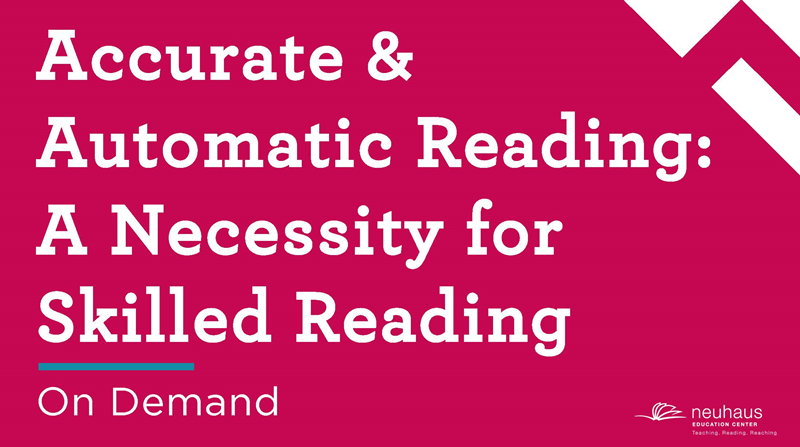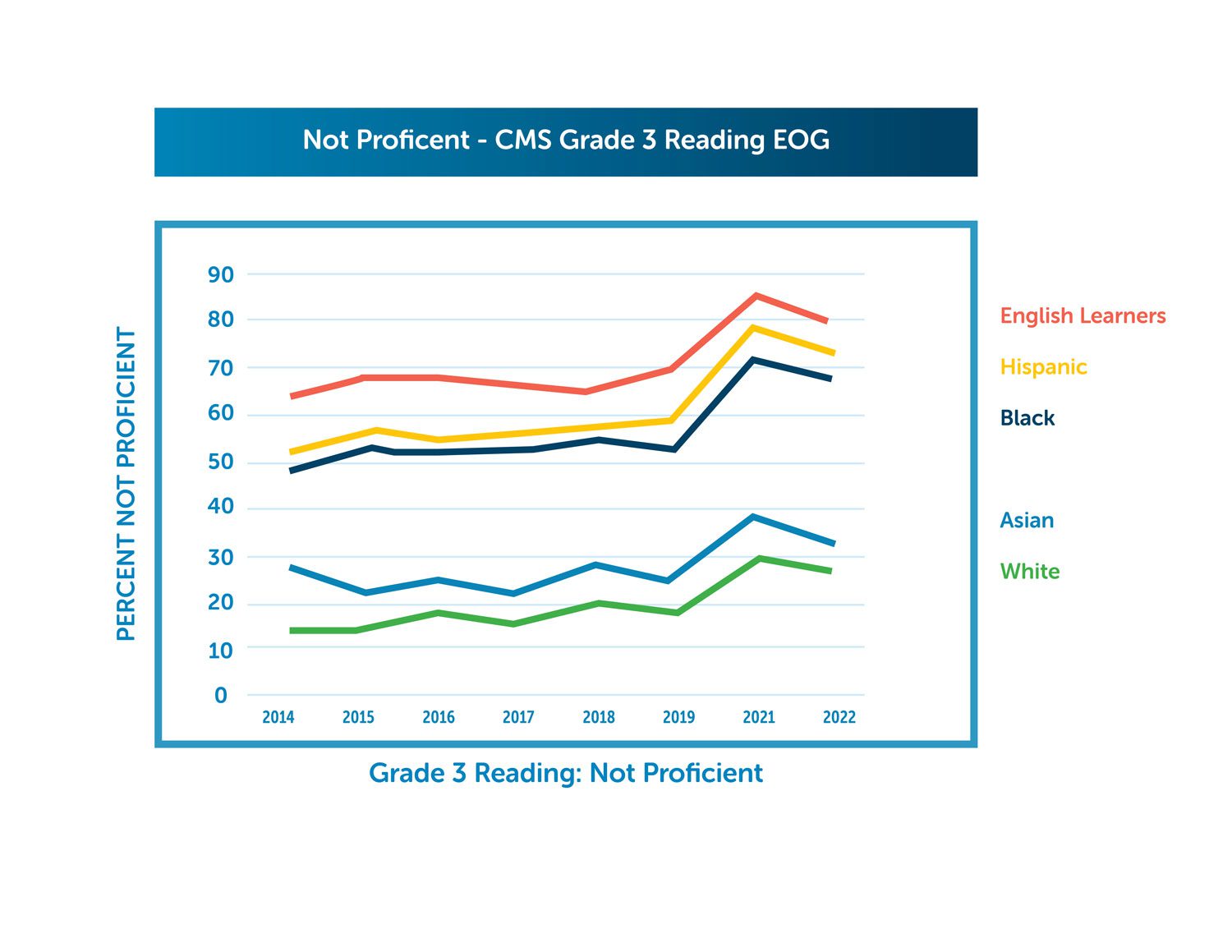Proficient Reading Is A Product Of Which Two Factors
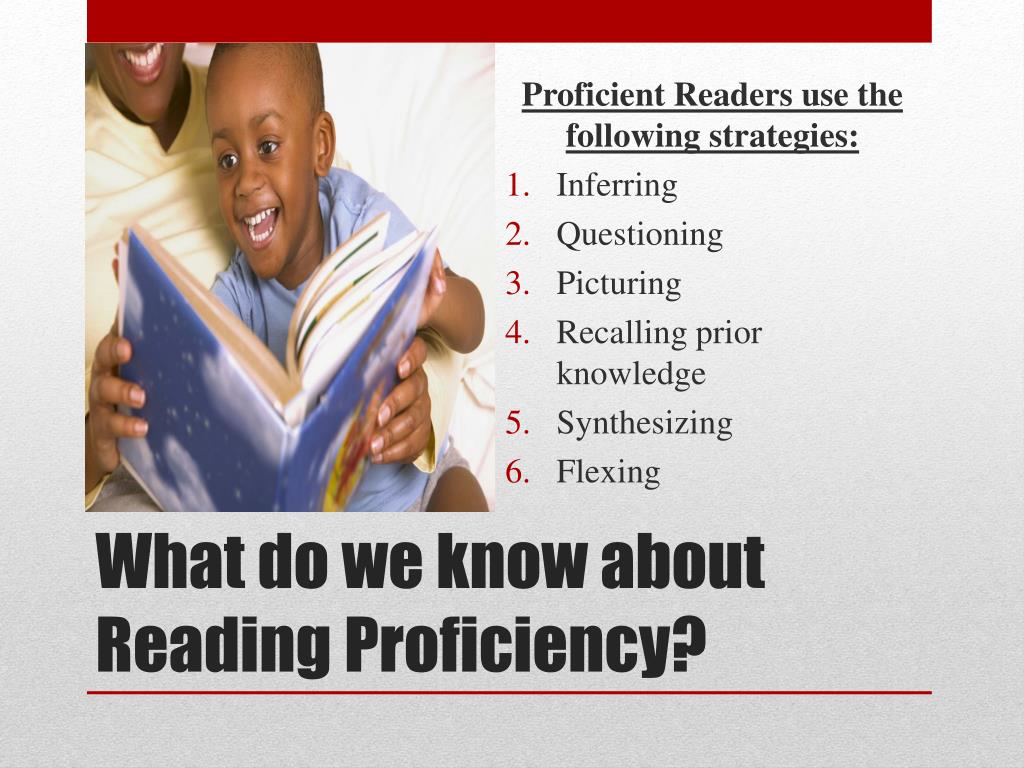
The ability to read proficiently is a cornerstone of individual success and societal progress. However, in an era saturated with information, and amidst ongoing debates about educational approaches, understanding the core drivers of reading proficiency remains a pressing concern.
Why do some children struggle while others excel? Unraveling the complexities of reading acquisition is crucial for educators, parents, and policymakers aiming to foster a literate and engaged citizenry.
At its heart, proficient reading is a product of two interconnected factors: decoding skills and language comprehension. This seemingly simple equation, known as the Simple View of Reading, provides a powerful framework for understanding the components necessary for reading success. It posits that reading comprehension (RC) is the product of decoding (D) and linguistic comprehension (LC): RC = D x LC. Understanding and addressing both components are critical for effective reading instruction.
Decoding: Cracking the Code
Decoding refers to the ability to accurately and rapidly translate written symbols (letters) into their corresponding sounds (phonemes). It is the foundation upon which reading comprehension is built.
Strong decoding skills allow readers to sound out unfamiliar words and recognize familiar words automatically. Without this ability, students will struggle to access the meaning of text, regardless of their vocabulary or background knowledge.
The Role of Phonemic Awareness
Phonemic awareness, the ability to hear and manipulate the individual sounds within words, is a crucial pre-reading skill that directly impacts decoding ability. Research consistently shows a strong correlation between phonemic awareness skills in early childhood and later reading success.
Instruction that explicitly teaches phoneme manipulation, such as blending sounds to form words and segmenting words into individual sounds, is essential for developing strong decoding skills. These skills enable children to confidently decode and read unfamiliar words.
The Importance of Phonics Instruction
Phonics instruction systematically teaches the relationships between letters and sounds. This direct and explicit instruction is crucial for students to develop the ability to decode words accurately and efficiently.
Systematic phonics programs progress from simple letter-sound correspondences to more complex patterns, providing a structured approach to decoding development. The National Reading Panel Report (2000) concluded that systematic phonics instruction significantly improves reading outcomes for all students, especially those at risk for reading difficulties.
Language Comprehension: Understanding the Message
While decoding focuses on the mechanics of reading, language comprehension involves understanding the meaning of words, sentences, and texts. It encompasses a range of cognitive processes, including vocabulary knowledge, background knowledge, and the ability to make inferences.
Even if a student can accurately decode all the words on a page, they may struggle to understand the text if their language comprehension skills are underdeveloped. A rich vocabulary and a broad understanding of the world are critical for interpreting written information.
The Crucial Role of Vocabulary
Vocabulary is a cornerstone of language comprehension. Readers with a wide vocabulary are better equipped to understand complex texts and make connections between ideas.
Vocabulary development is a lifelong process, starting with early language exposure and continuing through formal education and independent reading. Explicit vocabulary instruction, along with opportunities for reading widely and engaging in meaningful conversations, is essential for expanding vocabulary knowledge.
Background Knowledge and Inference
Background knowledge, or prior knowledge, refers to the information and experiences that a reader brings to a text. This knowledge helps readers make connections, fill in gaps, and understand the overall meaning of the text.
Readers use background knowledge to make inferences, which are logical deductions based on the information presented in the text and their existing knowledge. The ability to make inferences is crucial for understanding implicit meanings and drawing conclusions.
"Reading comprehension requires both decoding and linguistic comprehension; therefore, interventions to improve reading comprehension must address both components." - The Simple View of Reading.
Addressing Reading Difficulties
When students struggle with reading, it is essential to identify the underlying cause of the difficulty. Is the student struggling with decoding, language comprehension, or both?
Diagnostic assessments can help pinpoint specific areas of weakness, allowing educators to tailor instruction to meet the student's individual needs. Targeted interventions that address both decoding and language comprehension are most effective in improving reading outcomes.
For example, a student who struggles with decoding may benefit from explicit phonics instruction and practice in segmenting and blending sounds. A student who struggles with language comprehension may benefit from vocabulary instruction, background knowledge building, and practice in making inferences.
Looking Ahead: Cultivating Lifelong Readers
Fostering proficient reading requires a multifaceted approach that addresses both decoding and language comprehension. Early intervention, effective instruction, and a supportive learning environment are essential for cultivating lifelong readers.
By understanding the two critical components of reading proficiency and providing targeted instruction, educators and parents can empower children to become successful readers and unlock the world of knowledge and opportunity that literacy provides. The continued focus on evidence-based reading practices will remain paramount to ensure success in the 21st century.
As educational research evolves, a deeper understanding of the nuances within decoding and language comprehension will continue to shape effective reading instruction. Continued dedication to creating a strong foundation in these areas will pave the path for future generations of proficient readers.
